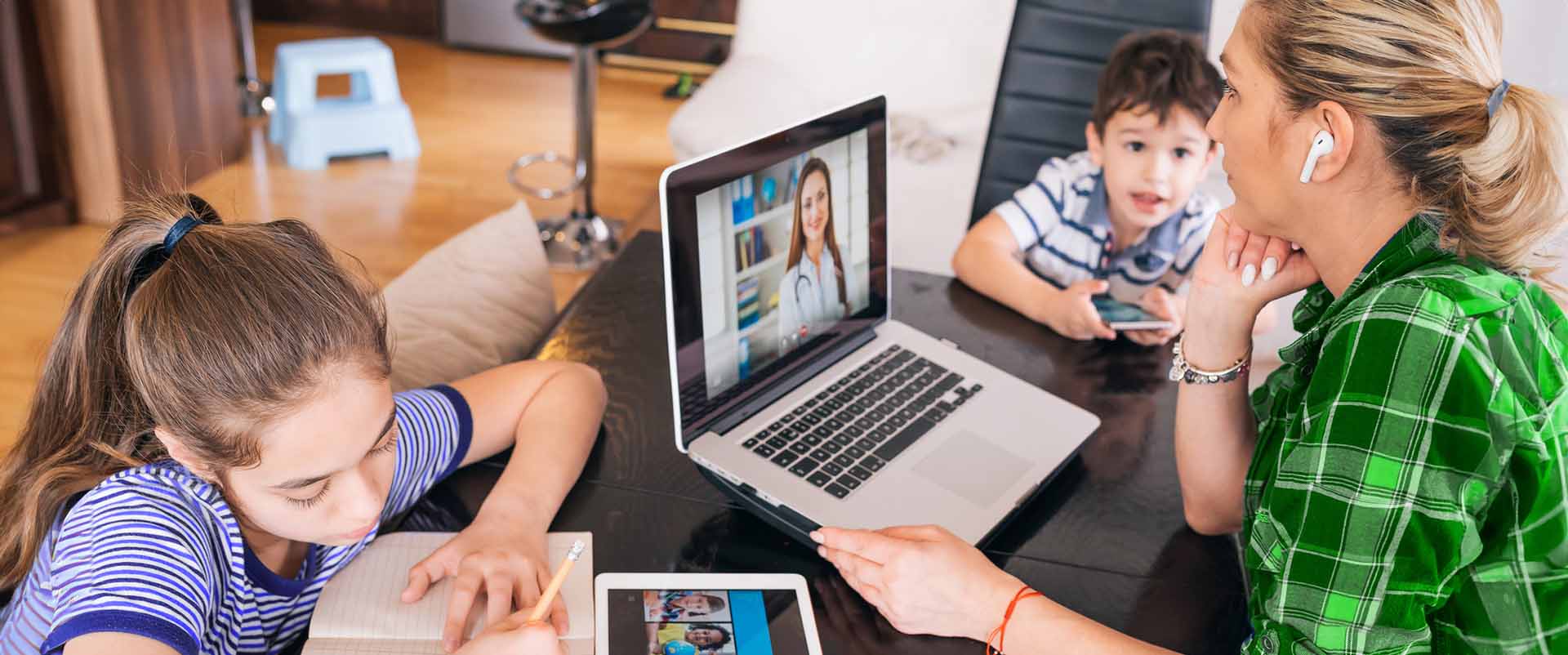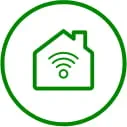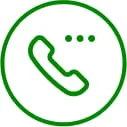This past winter, a storm slammed the Pacific Northwest and knocked out power for days, even a week in some places. Inclement weather and natural disasters typically cause power outages. But did you know that with Ziply Fiber, your internet can remain online, even when the power is out? To understand how this magic is possible and what our fiber internet customers can do to stay online during an outage, we sat down with Ziply Fiber's Director of Network Architecture, Eric Rosenberry.
Q: Hi Eric, thanks for chatting with us today. Let's just start with a basic explanation of how fiber internet customers can stay online during a power outage.
A: What a lot of people don't realize is that when the power goes out, their internet may go out because their router and ONT (optical network terminal) go offline. But if you're able to power them—if you put a battery backup unit on your equipment at home or if you have a generator—you can power your internet. It really doesn't take a lot of energy just to power your WiFi. Basically, if you can keep that device online, you'll be online.
Q: Is this possible for cable, too, or just fiber internet?
A: No, cable doesn't have this capability. Fiber is a superior technology to cable infrastructure in every way. Cable was designed for one-way video transmission for television. It was never really built for two-way communication, like the internet.
Cable providers require electrical power from the power company out in the field. Ziply Fiber deploys fiber internet from buildings that have diesel generators, and they have a minimum of 72 hours of diesel stored. The sites also have batteries, which operate while the generators fire up. If you have battery or generator backup, your home internet will work even when your power is out, unless the fiber has been physically damaged between your house and our Central Office.
Q: What about using your cell phone for service when the power is out? Isn't that even easier?
A: That's a great call out. If there's a storm and the power goes out in your town or neighborhood, everyone's phones instantly switch over from WiFi to LTE, and they overwhelm the cell towers. So, even if the cellular network is working perfectly normally, it gets instantly overwhelmed. And moreover, in a lot of these events, you may lose cell tower base stations as well. There might be one tower in your area that's down, and so you're failing over to something that's farther away.
Q: Let's say I go out and get a backup battery. How do I connect my WiFi to it?
A: Great question. You'll want to know how to do this before it becomes necessary. You'll need to plug your router and your ONT into the battery to get a working WiFi signal. Different batteries can have different inputs, so be sure to do a practice run before the storm hits.
Q: What batteries do you recommend?
A: Ziply Fiber offers battery backup units that you can buy from our website. They output just the DC (direct current) 12 volts that's necessary for your router and ONT. Because it skips that conversion to AC (alternating current), they'll last much longer, like four to eight to 24 hours. They use lithium-ion batteries, a much more modern battery technology. It's more energy dense, and the modules will last a lot longer. Beyond that, batteries and generators of various sizes are available online and in-store at places like Walmart and Costco.
Read more on our blog: How to keep your internet up during power outage and Fiber internet can weather the storm






